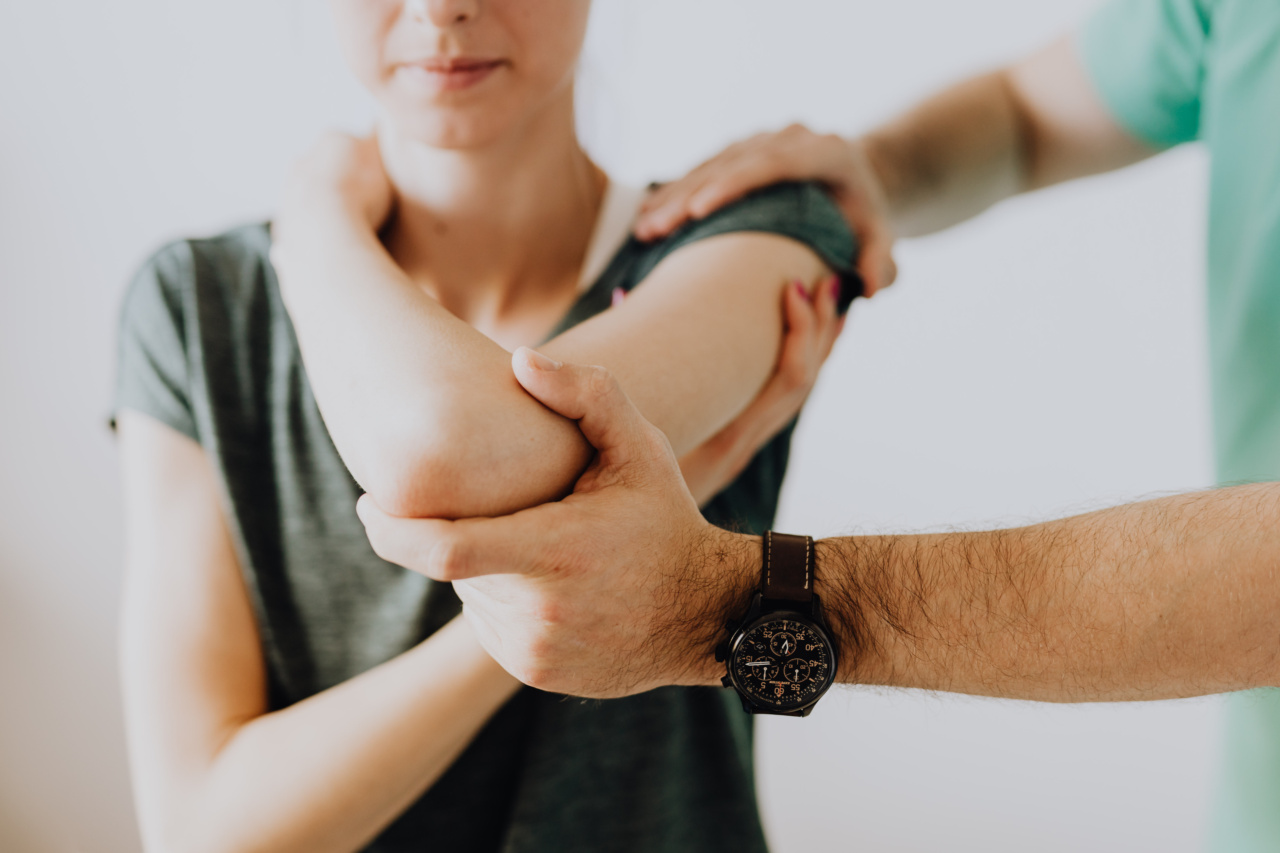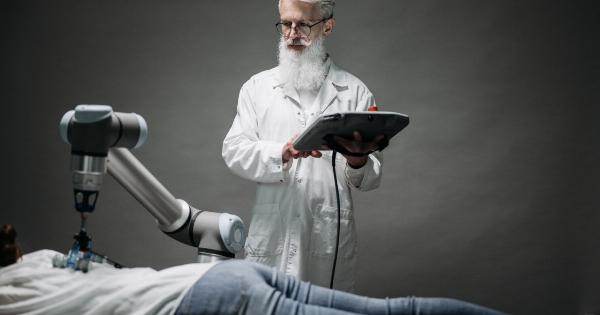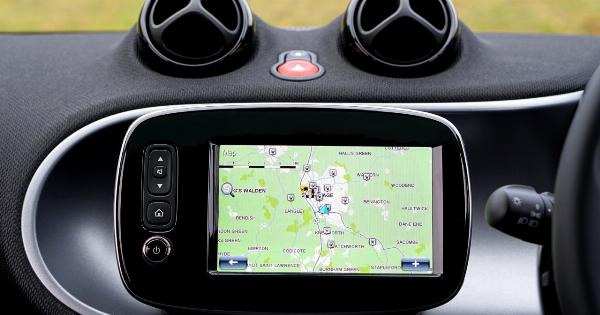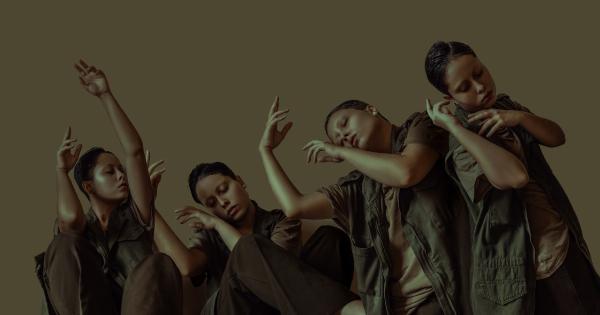Over the years, advancements in medical technology have revolutionized the way we approach human disabilities.
From prosthetic limbs to assistive devices, scientists and engineers have been relentless in their pursuit of developing groundbreaking solutions. One such remarkable innovation is the development of the first-ever thought-controlled arm.
The Birth of Mind-Controlled Prosthetics
The idea of controlling a prosthetic arm with one’s thoughts might seem straight out of a science fiction story, but it has become a reality thanks to cutting-edge research and technological advancements.
This groundbreaking innovation offers hope for individuals who have lost their limbs or are paralyzed, providing them with a new level of mobility and independence.
While conventional prosthetic arms have been designed to mimic the range of motion of a natural limb, they usually rely on manual control, such as muscle contractions or body movements.
However, researchers recognized the limitations of these methods and sought to find a way to directly tap into the brain’s signals to control the arm.
Decoding the Human Brain
The key to developing a thought-controlled arm lies in understanding the complex workings of the human brain. Neuroscientists and engineers have collaborated to decode the neural signals responsible for initiating and controlling limb movement.
This involves studying the brain’s motor cortex, which is responsible for planning and executing voluntary movements.
Through clinical trials and extensive research, scientists have successfully developed neuroprosthetic devices that can detect and interpret these neural signals.
By implanting tiny electrodes directly into the brain’s motor cortex, it becomes possible to capture and decode the brain’s electrical activity related to limb movement.
Translating Brain Signals into Action
Once the neural signals are captured, the challenge lies in translating them into meaningful actions that can control the prosthetic arm.
This requires advanced algorithms and machine learning techniques to decipher the brain’s complex signals and convert them into specific instructions for the arm.
The algorithms analyze the patterns and frequency of the neural signals to identify the intended movements.
By training the system with large datasets of neural activity and corresponding arm movements, it can learn to recognize specific patterns and make accurate predictions. This allows the user to control the prosthetic arm with their thoughts.
Training and Adaptation
Using a thought-controlled arm requires a period of training and adaptation. The user needs to learn how to focus their mind on the intended movements and establish the connection between their thoughts and the resulting arm actions.
It takes time and practice for the brain to adjust and strengthen the neural pathways associated with the prosthetic arm.
During the initial training phase, users undergo extensive sessions with therapists and medical professionals who guide them through the process.
They may use virtual reality simulations or other tools to provide a visual representation of their intended movements. Over time, users gradually gain more control and can perform intricate tasks with their thought-controlled arm.
Advancements in Prosthetic Arm Design
While the development of a thought-controlled arm has been a remarkable achievement, researchers have also focused on enhancing the design and functionality of the prosthetic limb itself.
Traditional prosthetic arms often lack the ability to replicate the fine motor skills and dexterity of a natural limb.
However, recent advancements have allowed for the integration of sensors that provide users with a greater sense of touch and proprioception. These sensors enable the user to feel and control delicate objects, improving their overall quality of life.
Additionally, advancements in materials and manufacturing techniques have made prosthetic arms more lightweight, comfortable, and aesthetically appealing.
The use of 3D printing technology has revolutionized the production process, allowing for custom-made prosthetic arms that perfectly fit the user’s residual limb.
The Future of Thought-Controlled Arms
As technology continues to evolve, the future holds even more promising developments in the field of thought-controlled arms.
Researchers are exploring ways to improve the speed and accuracy of the decoding algorithms, allowing for more seamless and intuitive control.
They are also investigating the possibility of creating a wireless system that eliminates the need for invasive brain implants, using external sensors to capture neural activity.
Furthermore, scientists are working on integrating haptic feedback systems into thought-controlled arms.
This would provide users with sensory feedback, allowing them to feel sensations through the prosthetic limb, making it even more natural and intuitive to use.
Changing Lives, One Thought at a Time
The advent of the first thought-controlled arm marks a significant milestone in the field of assistive technology. It has the potential to transform the lives of countless individuals, bringing back not only mobility but also independence and dignity.
While there are still challenges and refinements to overcome, the fusion of neuroscience and engineering has set the stage for a new era in prosthetics.
By tapping into the power of the human mind, researchers continue to push the boundaries of what is possible, empowering individuals to interact with the world in ways they once thought unattainable.





























